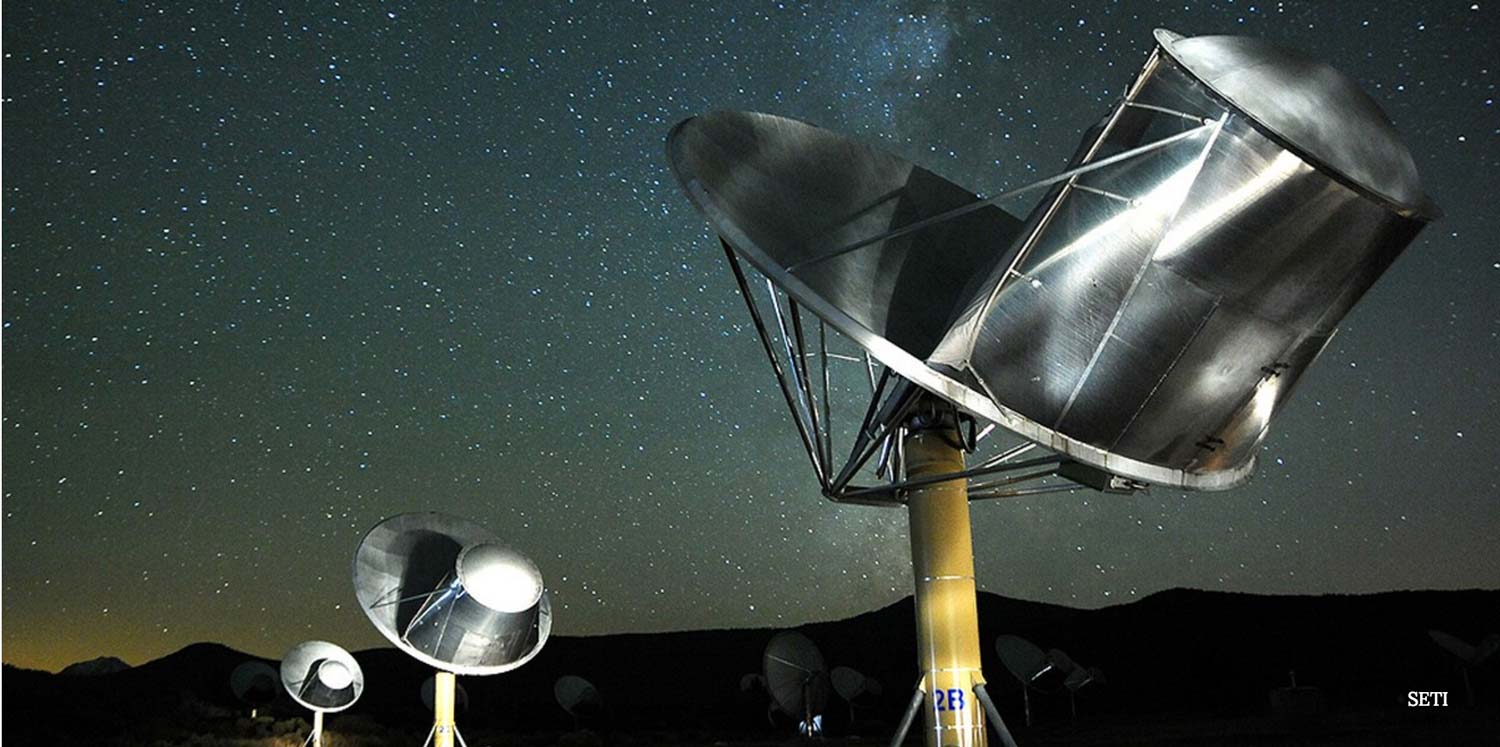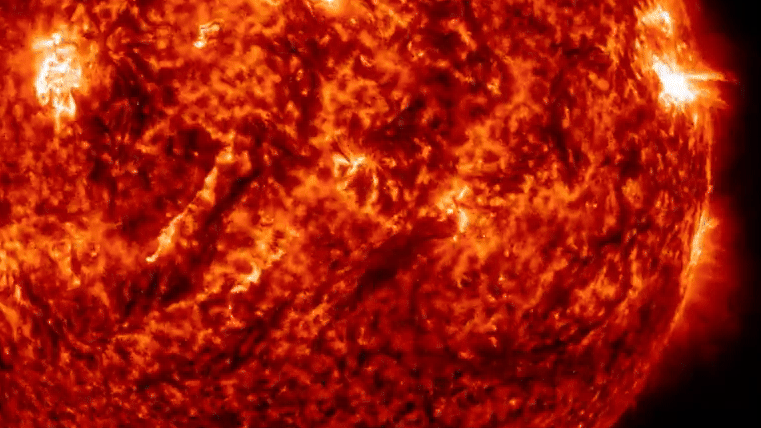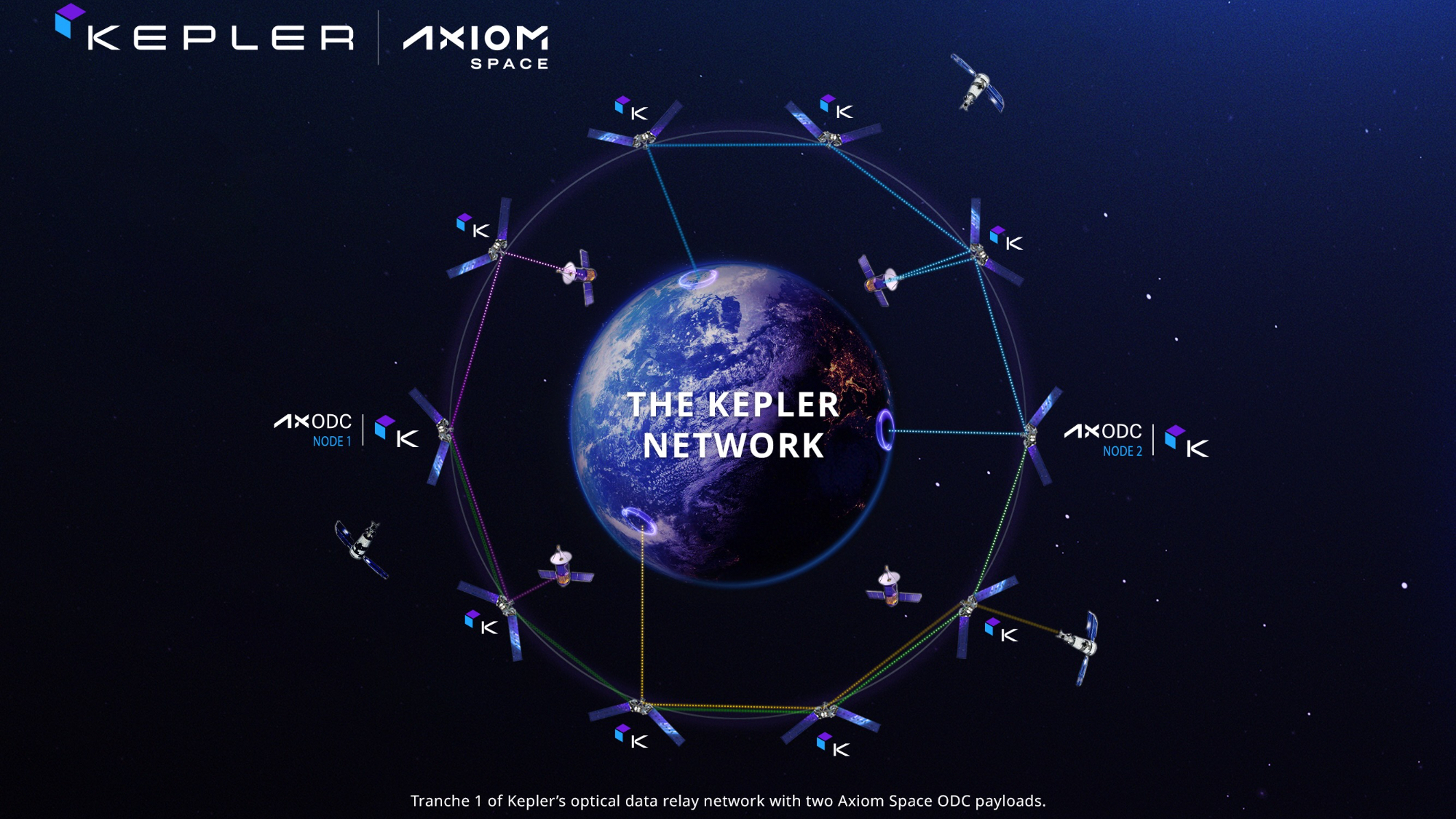Scientists are working on an official 'alien contact protocol' for when ET phones Earth
We're unprepared for when E.T. reaches out to us. A team of experts is determined to change that with the first new alien "contact" protocol in 35 years.

If extraterrestrial life sent us a message tomorrow, how would humanity respond? According to researchers, we don't know yet — and that's a problem.
That's why, for the first time in 35 years, a team of policy experts and scientists have united to establish a set of alien-contact protocols for the entire world to follow in the event of a sudden encounter with E.T.
"Science fiction is awash with explorations of the impact on human society following discovery of, and even encounters with, life or intelligence elsewhere," John Elliot, a computer scientist at the University of St. Andrews in Scotland, said in a statement. Elliot is the coordinator of the University of St. Andrews' newly established SETI Detection Hub, the cross-disciplinary organization that will establish the new alien contact protocol.
Related: 9 Strange, Scientific Excuses for Why Humans Haven't Found Aliens Yet
According to Elliot, the new research group will "go beyond thinking about the impact on humanity" of a potential alien encounter and start focusing on how we should respond instead.
Currently, the only alien contact protocol that humans have was established by the Search for Extraterrestrial Intelligence Institute (SETI) community in 1989. The protocol, which was last revised more than a decade ago, is vague when it comes to the international response to extraterrestrial communication; it mainly focuses on the importance of sharing discoveries with the public and broader scientific community. In the event of confirmed alien contact, the protocol's main practical tip for scientists is to seek instruction from the United Nations or another governing body. (What the United Nations should do is another open question.)
From finding traces of water on Mars to discovering potentially Earth-like exoplanets, advances in space exploration in recent decades have made the idea of life on other worlds more plausible. Yet despite more than a century of efforts to get in contact with these potential lifeforms, humans have yet to hear back.
Get the Space.com Newsletter
Breaking space news, the latest updates on rocket launches, skywatching events and more!
Rather than focusing on sending messages to aliens, the new SETI Detection Hub will scan signals for potential messages sent from alien lifeforms and will develop a framework for attaching meaning to those signals. They'll also create impact assessments; deliver reports that outline the implications of specific policies; and develop protocols and treatises for responding to hypothetical alien messengers.
"Will we ever get a message from E.T.? We don't know. We also don't know when this is going to happen,"" Elliot said. "But we do know that we cannot afford to be ill-prepared — scientifically, socially, and politically rudderless — for an event that could turn into reality as early as tomorrow."
While conspiracy theories about potential alien visitors to Earth have abounded recently, the U.S. Department of Defense filed a report this week claiming there's no evidence of extraterrestrial visitors in more than 140 cases of unidentified aerial phenomena (UAPs) reported by the U.S. military. Foreign spy drones and "airborne clutter," like weather balloons, are the far more common explanations for oddities in America's skies. At least, for now.
Originally published on Live Science.
Join our Space Forums to keep talking space on the latest missions, night sky and more! And if you have a news tip, correction or comment, let us know at: community@space.com.

Isobel Whitcomb is a contributing writer for Live Science who covers the environment, animals and health. Her work has appeared in the New York Times, Fatherly, Atlas Obscura, Hakai Magazine and Scholastic's Science World Magazine. Isobel's roots are in science. She studied biology at Scripps College in Claremont, California, while working in two different labs and completing a fellowship at Crater Lake National Park. She completed her master's degree in journalism at NYU's Science, Health, and Environmental Reporting Program. She currently lives in Portland, Oregon.










